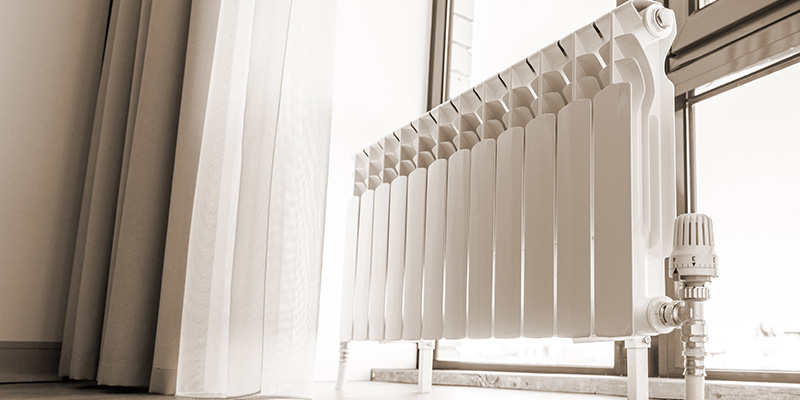
How to Stop Rising Energy Bills?
A question which is now more important than ever. With record-breaking energy prices and no signs of them reducing, we must find alternative ways to reduce our energy bills . Luckily, there is a simple and highly effective solution that can successfully decrease your consumption of energy and, therefore, lower your costs. That solution is insulation. While rising energy bills are inevitable, you can find ways to manage your consumption by installing effective insulation in your roofs, walls, floors, doors windows and more.
Energy Savings Example
We can put things into perspective by breaking down how exactly insulation can mitigate the energy crisis in England. We can use three core areas of insulation as an example for your savings:
1. Wall insulation, currently loses up to 35% of heat
2. Roof insulation, currently loses up to 25% of heat
3. Floor insulation, currently loses up to 15% of heat
So how does this help? Well, if you are, for example, spending around £1,250 per year to heat your 3-bredroom semi-detached home, you are wasting a potential £437.50 of heat through your walls, £312.50 of heat through your roof and £187.50 of heat through your floors. This waste of energy is both bad for your economic situation and for the environment around you. To break this down:
1. £437.50 of heat wasted through your walls
2. £312.50 of heat wasted through your roof
3. £187.50 of heat wasted through your floors
So, let’s dive into the different areas of insulation savings.
Wall Insulation for Homes
Wall insulation can occur on a variety of types of walls, mainly, cavity walls and solid exterior walls, being the barricade from outside to in. Therefore, understanding first what type of wall you have will be important before diving into what insulation you should have. Luckily, we do have some information readily available to help you know your type of wall. See our “ Complete Guide to Cavity Wall Insulation” to determine whether your exterior walls are in fact cavity walls.
Cavity Wall Insulation
This form of wall insulation for homeowners is effective in mitigating heat loss through your walls and to reduce the amount you spend on your energy bills every month.
Solutions such as EPS beads can be easily injected into your wall’s cavity, providing a long-lasting and effective insulation solutions. EPS beads are robust and great for trapping heat, stopping it from escaping.
Additionally, materials such as blown-in mineral wool can be used for cavity wall insulate, using the very common loft roll, broken up into pieces and blown into the cavities. This is also an inexpensive cavity wall insulation product, albeit overtime it will likely settle and become less effective.
These two forms of insulation can provide solutions that will reduce your energy bill payments.
Solid Wall Insulation
Alternatively, external solid walls can also be insulated to reduce as much heat loss as possible. Solutions such as mineral wool can be applied to your exterior walls, using rigid boards that can also provide fire-resistant properties and soundproofing benefits.
If you want to learn more about the best insulation for cavity walls you can check out our informative article here .
Residential Roof Insulation
Investing in roof insulation solutions can help reduce that 25% of wasted heat. By minimising this figure, you can reduce your energy bills every month, making an insulation investment financially positive. So, what can you insulate a roof with?
Loose-fill Roof Insulation
Using common insulation materials such as fibreglass or cellulose, you can effectively insulate your roof and get the upper hand on this energy crisis. This product is blown into the areas of your roof, covering all areas as much as possible and contributing to reducing your heat waste. Loose-fill insulation such as cellulose is also eco-friendly, being made from recycled material.
Learn all there is to know about the best forms of roof insulation here .
Floor Insulation for your Home
With up to 15% of heat actively being lost from your floors, this is one great area to address with insulation materials. Floor insulation is a bit different, there are a variety of methods to accomplish this, such as:
- Above floor insulation: starting basic and just using something as simple as a rug.
- Draught-proofing floor insulation: filling gaps in your floorboards to prevent draught flow.
- Under-carpet insulation: using the likes of polyfoam board or fibreboard.
- Underfloor insulation: Using board insulation if you have access to under your floors.
While there are many other areas that your home can benefit from with insulation, we recommend investing in the three above key areas, walls, roof and floors. By having these areas well insulated, you can be sure to reduce the amount of heat loss which can have significant impacts on your energy bills and help combat against the hiking prices.
Contact info@sprayfoam.co.uk for your free insulation consultation today.


